
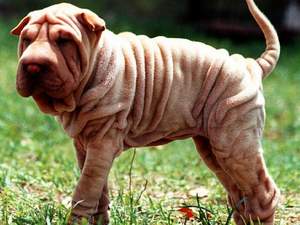




The Chinese Shar-pei is a breed of nonsporting dog known for its fierce fighting abilities. Likeness' of the Shar-Pei or Chinese Fighting Dog date back to the Han Dynasty (206BC to AD220). Several accounts suggest the loose-skinned breed may have origins in Tibet or China's Nothern Province some 2000 years ago. At time it is likely to have been a large dog weighing some 85-165lbs (39-75kg). It has been used to herd flocks and hunt wild boar in China. In addition it was also matched against other dogs in trials of strength. It has a short, bristly, deeply wrinkled coat can be fawn, red, black, cream, or chocolate in color, with solid coloring preferred by breeders over mottled; loose skin enables it to turn on its attacker even when grasped firmly in the foe's teeth. it has very tiny folded ears, deep-set, dark, small eyes, a thick tail curled tightly over its back and to one side. It can have snobbish demeanor and has served for centuries as loyal hunting and herding breed to peasants in southern China, especially in Guangdong Province; It almost became extinct in China by 1970s and the dogs' plight was made known in U.S., where their appealing, beleaguered expression and unique skin made them popular as pets. The name roughly translates as "sand skin" in Chinese.
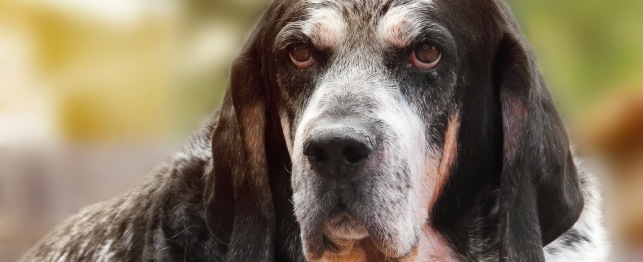 Choosing a Bluetick Coonhound- Bluetick Coonhound Breed Profile
Choosing a Bluetick Coonhound- Bluetick Coonh
Choosing a Bluetick Coonhound- Bluetick Coonhound Breed Profile
Choosing a Bluetick Coonhound- Bluetick Coonh
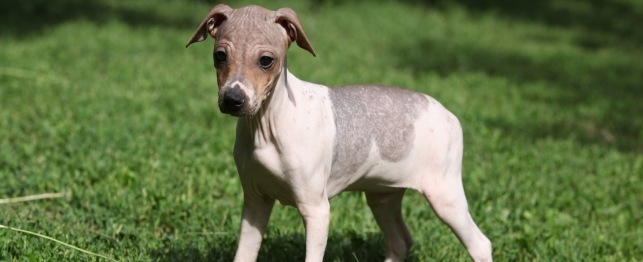 American Hairless Terrier Breed Profile
Choosing an American Hairless Terrier
American Hairless Terrier Breed Profile
Choosing an American Hairless Terrier
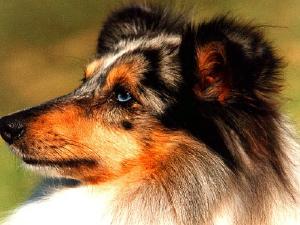 Shetland Sheepdog
Shetland Sheep
Shetland Sheepdog
Shetland Sheep
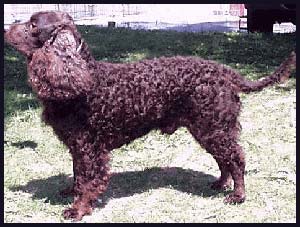 American Water Spaniel
American Water
American Water Spaniel
American Water
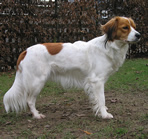 Kooikerhondjes: A guide to dogs and puppies of the Kooikerhondje breed
The Kooikerhondje!
The Kooikerhondje originated from the Ne
Kooikerhondjes: A guide to dogs and puppies of the Kooikerhondje breed
The Kooikerhondje!
The Kooikerhondje originated from the Ne
Copyright © 2005-2016 Pet Information All Rights Reserved
Contact us: www162date@outlook.com